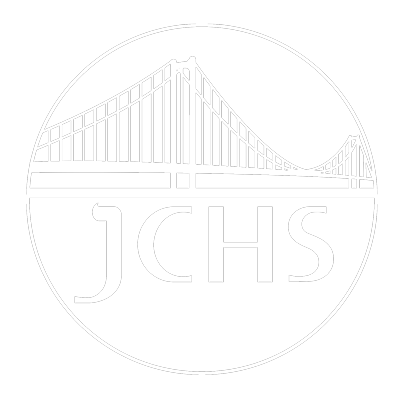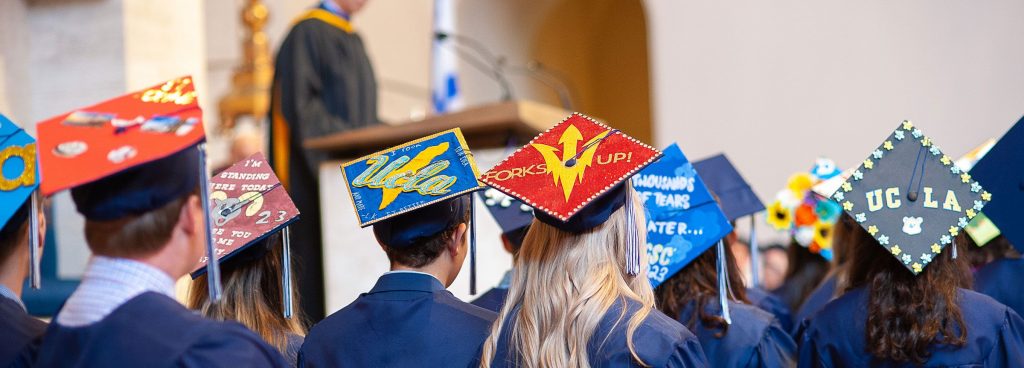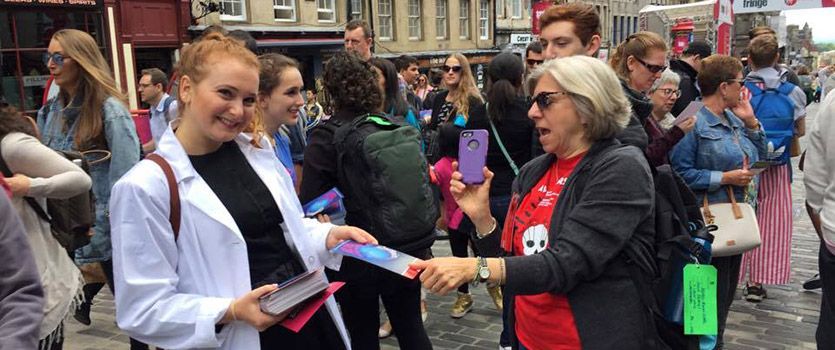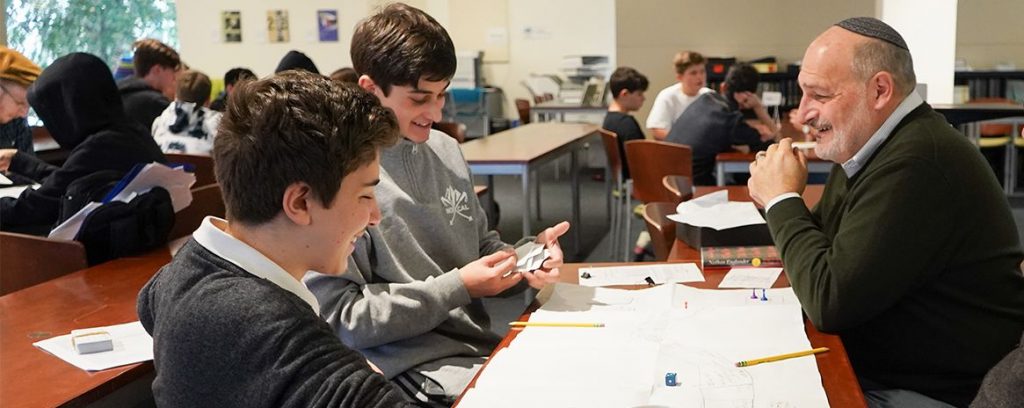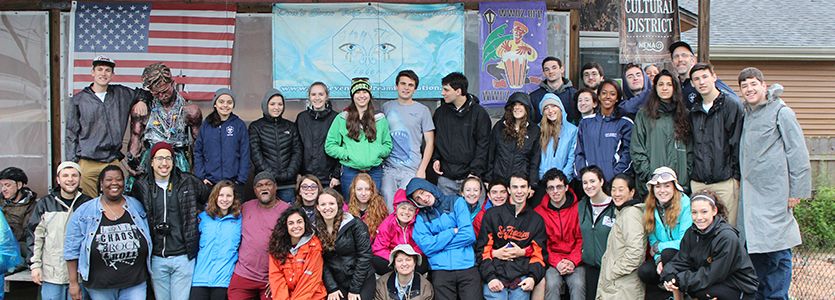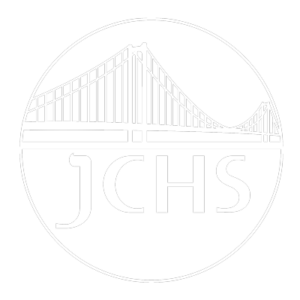Table and Altar; Chesed and Tzedek (with student art)
By Raizy Lichetenstein, Jewish Studies Teacher
Our ninth graders recently created a poster campaign encouraging each other to do small acts of Tzedek, including giving charity and greeting others with a smile. Is smiling at another person an act of Chesed (kindness) or Tzedek (justice)? To explain a deep connection between Chesed and Tzedek, I invite you to consider the vessels of the Tabernacle and Temple, as outlined in this week’s Torah portion, Terumah.
An array of holy vessels are described in detail in Parashat Terumah, including the Shulchan, the table of acacia wood and gold upon which the twelve loaves of the Lechem HaPanim (the showbread) were stacked.
You shall make a table of acacia wood, two cubits long, one cubit wide, and a cubit and a half high. Overlay it with pure gold, and make a gold molding around it. Make a rim of a hand’s breadth around it, and make a gold molding for its rim round about. […]. And on the table you shall set the showbread, to be before Me always.
(Exodus 25:23-30, JPS Translation)
While it’s called a table, the Shulchan was technically more like a fancy set of thin racks on top of a table, set up so that a pile of tall-sided molded breads could lean lightly on those racks while supporting the loaves above them.
Rabbi Samson Raphael Hirsch (Germany, 1808-1888) understands each element of the Shulchan as a metaphor for ideal personal and communal behavior. The table, laden with showbread and frankincense, symbolizes material prosperity and enjoyment. The showbread, which was arrayed in two layers of six loaves piled on each other, represents “brotherhood:” the ability of community members to provide material support for each other. Two rows of bread; two biblical measures of flour in each loaf; loaves baked in pairs: each of these intensifies the message of what R’ Hirsch terms “brotherly love” and communal support (Collected Writings, Volume 3: The Table).
R’ Hirsch notes that the corners of the altar faced directly up to God, while the corners of the showbread were tucked across the loaves a bit so that each loaf could better support the loaf above it. He interprets each shape as a different symbol of human connection to the Divine. The altar’s raised corners represent a human’s “striving toward God,” while the showbread’s folded and raised corners convey the thought that “a Jew must make [their] prosperity available not only to [their] fellow [hu]man but also to God.”
Why describe one’s donation “to God” if that donation is, in fact, just a donation to another human being? R’ Hirsch explains:
Being thus directed toward God, brotherly love becomes a sacred duty; the duty of love becomes a duty of justice. Chesed (loving kindness) becomes Tzedakah* (righteousness). Whatever our fellow [hu]man can only hope to receive from us, God has a right to demand from us, and God will indeed demand it from us on behalf of our fellow[hu]man!
(Collected Writings, Volume 3: The Table)
*from the root of Tzedek; justice
The difference between kindness and justice, according to R’ Hirsch, is rooted in our perception of Divine expectation. If I treat someone with respect because I’m a nice person and I want to bring goodness into the world, that’s Chesed. If I treat someone respectfully because God expects no less of me; because I am divinely obliged to treat all fellow human beings with respect, then I am doing an act of Tzedek, bringing greater justice into the world one small action at a time.
Enjoy a sampling of our student posters!
Wishing you a Shabbat of Chesed and Tzedek,
Raizy Lichtenstein
